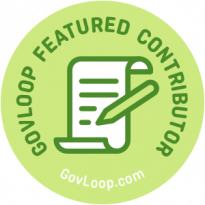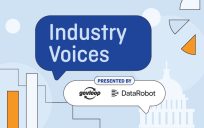In the past few years, we have heard the word “connected” quite a bit: connected data, connected communities, connected government, and more. The fallout of the pandemic helped us realize just how important connection was be exposing our disconnected and siloed reality. The need for intentional connection persists, as does the dependency on technology for socialization.
AI Usage Forces Governance to Improve and Increase

Additionally, the surge of increasing variety in AI solutions adoption within the government has increased the need for governance and oversight to ensure compliance, quality, management, delivery, all aspects of security, and most of all meeting the needs of the people. AI governance crosses departmental lines when it includes solution development, security, data management, infrastructure, ESJ, ethics, and legality. With AI the possibilities are great — and so are the threats.
Moreover, the reality of the potential threats associated with using AI was at the forefront of the nation’s early AI guidelines or policy, but recent changes lean more towards productivity. Some concerns surround too much focus on productivity and too little emphasis on the responsible use of AI. This concept of “Are we focusing on the right thing” is also becoming more common in group meetings within the workplace. Should our productivity efforts be on security and minimizing fraud or on the delivery of services and distribution of resources? Proper governance helps to minimize fraud or at least create visibility to improvement areas by providing more transparency and participatory processes.
Fraudulent Activity is Not More Important Than Meeting Needs
While fraudulent activity occurs so is it true that citizens who need resources and services are being unserved or underserved. This truth dynamic emphasizes serving those who need it most by using demographics, metrics, and GIS to ensure service and distribution of resources to those in need. Better metrics also leads to the better ability to monitor and govern regardless the context to improve policy creation and administration, service delivery, and resource distribution. This increased ability to govern and ensure compliance requires collaborations and adaptive practices without over standardization.
Security, productivity, service delivery and the distribution of resources are all things that AI can help, with the right governance. Connecting the governance practices, methodology, standards, templatization, and so forth of the technology, service delivery and business processes allows for comprehension, application, guidance, decreased timelines and better collaboration. Using continuous improvement concepts to increase capacity, maximize resources, and reduce meetings, timelines, and bureaucracy helps connect governance and ensure all the right people are at the table. It can also increase the voice heard upholding the operational excellence of the government.
The socio-technical environment created by connected governance is exactly what AI requires to evolve governance in the government. Politics and societal distrust will not be solved by connected governance, but it will increase transparency. Metrics, measures, and well-collaborated outcomes enables auditing and compliance with policies and other compliance documents. Connecting the siloed governances and governance processes helps to improve operations and service delivery flow when connected throughout.
Dr. Ursula White-Oliver has worked for the government for over 29 years within IT, which includes data integrations, technical lead, application development, system support/development, project management, systems analysis, ESJ, management, employee/ leadership development, as well as creating, improving and assessing needs for practices, processes, procedures, and methodologies. Currently, she works in Data Services collaborating with other organizational leadership on AI governance, planning, and operationalization. Recently, she completed consulting to improve the onboarding and organizational socialization for government IT employees in partnership with her doctoral Professional Administrative Study. She volunteers on several nonprofit boards and am an active member of social, faith-based, professional, and community organizations. More importantly, she volunteers at her workplace which includes such efforts as volunteering on boards, committees, and improvement projects, and supports women through activities like leading the celebration of Women’s History Month.





Leave a Reply
You must be logged in to post a comment.